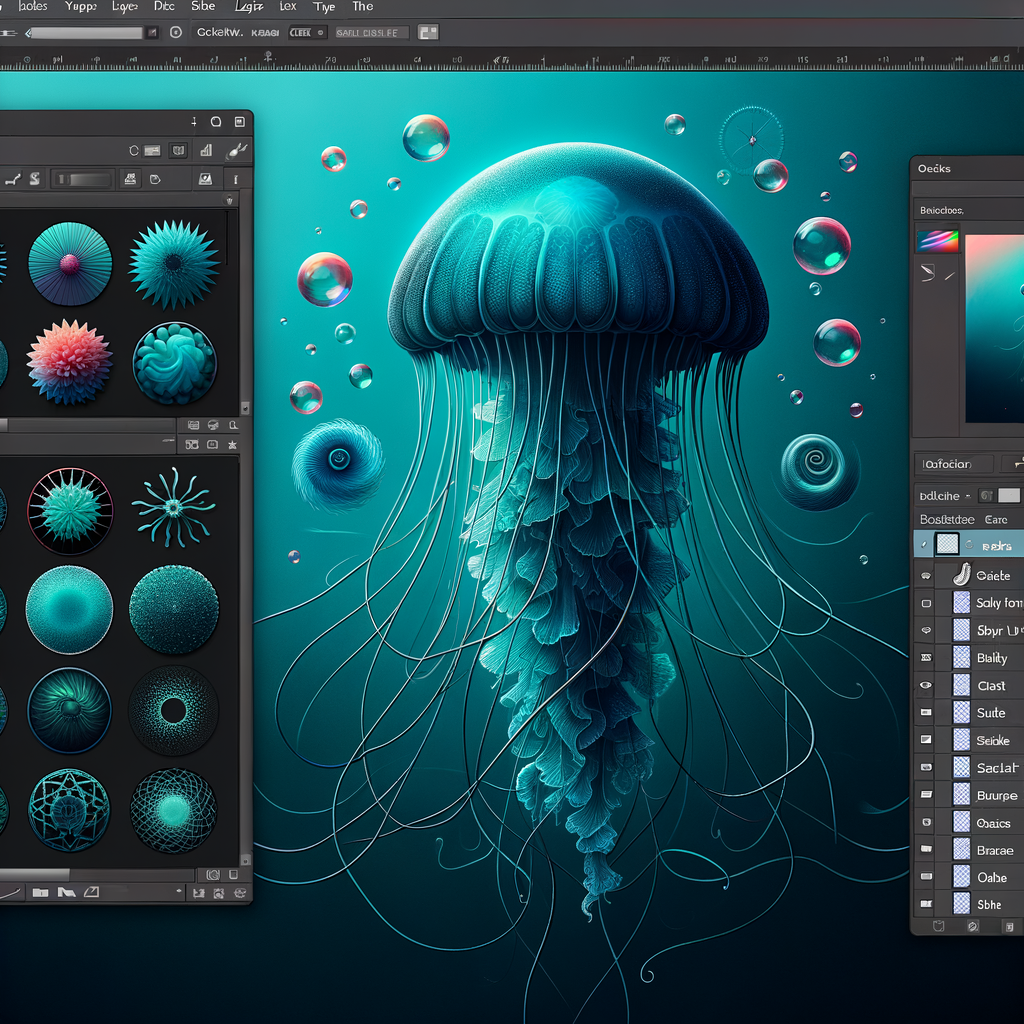Exploring the Wonders of Moonquakes and Beyond
The whispers of the universe are often silent to those not listening, but for NASA, every vibration tells a story, especially when it comes to moonquakes. These seismic events, similar to earthquakes on Earth, offer valuable insights into our Moon’s internal geology and surface environment. Our journey begins with a groundbreaking study, shedding light on the mysteries beneath the lunar surface.
Moonquakes: Unpacking the Mysteries of the Lunar South Pole
Moonquakes, akin to their terrestrial counterpart, reveal the dynamic and geologically active nature of the Moon. Recent studies have shown that the lunar south pole, an area of particular interest for NASA’s Artemis missions, is still geologically vibrant. This realization comes from identifying tectonic faults and steep slopes prone to seismic activities and regolith landslides.
The lunar crust is speckled with young thrust faults, known as lobate scarps, which form due to the Moon’s interior cooling and shrinking. Interestingly, these scarps and consequent moonquakes are not just remnants of the past but present-day phenomena, posing both challenges and opportunities for lunar exploration.
Artemis Missions: A Leap into the Future
The Artemis missions are set to embark on a journey back to the Moon, with a crewed lunar landing at the lunar south pole. Scientists like Renee Weber, chief scientist at NASA’s Marshall Space Flight Center and a member of the Artemis Science Team, are vital in providing expertise on moonquakes, ensuring the missions are not just successful but also safe.
Understanding the seismic hazards near potential landing sites is crucial. The study led by Weber and her team offers a comprehensive map of seismic hazards based on the sizes of potential moonquakes. This invaluable data will guide the Artemis missions, ensuring flexibility and safety as humans return to the Moon.
Leveraging Technology for Lunar Exploration
NASA’s innovative approach to studying moonquakes involves deploying seismometers, like the Apollo Passive Seismic Network and the upcoming Farside Seismic Suite. These instruments are crucial for recording moonquakes, helping scientists unravel the complexities of the lunar surface and its tectonic activity.
The data gathered will not only enrich our understanding of the Moon’s geology but also aid in developing long-term infrastructure on the lunar surface. As we move forward, the expertise and findings from these studies will inform mission architectures and scientific endeavors, keeping the spirit of exploration alive.
Conclusion: Bridging Knowledge and Exploration
Moonquakes, though a challenge, provide a unique opportunity to delve deeper into the secrets of the lunar south pole and beyond. With NASA’s continuous effort and technological advancements, the Artemis missions are set to open a new chapter in moon exploration. From understanding the formation and evolution of the Moon to identifying potential resources, the quest for knowledge continues.
As February 2024 dawns, let us embrace the marvels of space, moonquakes, and the limitless possibilities they present. With science and exploration hand in hand, the future is indeed bright for humanity’s lunar ambitions.







